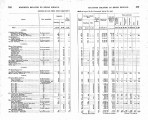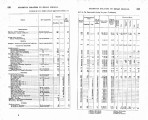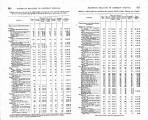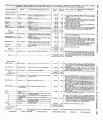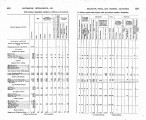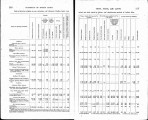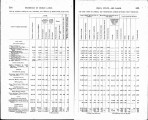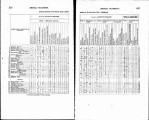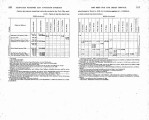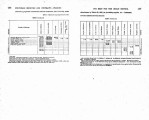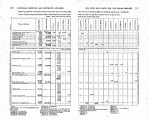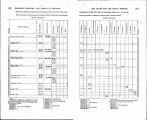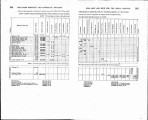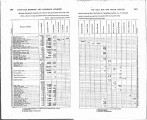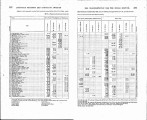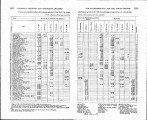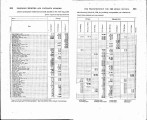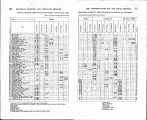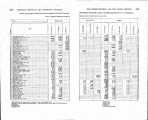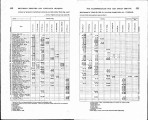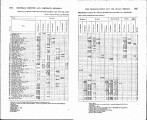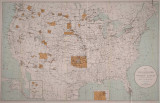| OCR Text |
Show . ~ . = ~ ~ ~ ~ ,.. ,,... . . . ., . , . . ~ . ~ . I . . . , .. , ., . -. . . , 62 REPORT OF TBE COMMISSIONER OF INDIAN AFFAIRS. . . ~ There is no record to show that this appraisement was ever presented to Congress, or that any further action was taken thereon by the D? , ' partment. From the first establishment of this reservation, in 1856, the settlers then there, r~-enforcedb y those who came in afterward-some of them Government employes and others allowed to settle by the agents in ohargLprotested against the occupation of .the valley for Indian pur. poses, and used every effort to'defeat the intentions of the Department in the premises. In August, 1862, a party of twenty settlers surprised a band of In-dians and murdered twentytwo of their number, of all ages and both sexes. Theintended attack was known to the employes (Short & Sons, who afterwards became '' settlers" on thereservation), who not only' took no steps to prevent the massacre, but loaned their revolvers to the intending murderers. The excuse for this act of barbarity was that the Indians had killed some of the stock belouging'tothe settlers. In November, 1862, a company of troops was posted on the reserva-tion and the officer in command was instriicted by General Wright to remove all persoos then residing within its limits on the requisition of ' the snperviaor iu charge. November 14, 1862, Superintendent Hanson reported to this office that, as the season was advancing and he was not disposed to distress the settlers, he had given the supervisorinstruc- ,$ions to permit them to remain in the valley until the weather wras auspicious and they could have time to dispose of their produce and look for other homes, provided they would give assurances not to molest the Indians or Government property. Nothing further is known of this attempt to dispossess the settlers by force. In his annual report for 1869, Superintendent Whiting referred to Round Valley as the most desirable location for m Indian reservation in the State, and said : The Government has about 5,000 aores only inclosed ont of !25,000 reserved. The ', mttlers have appropriated the other 20,000, besides mooh more in the foot.hilla. Possessory elaims on resewation lands sre selling for nearly as mooh ae if the ' settlers hsd the fee simple. Large hsrds of cattle and sheep are also driven into the , valley and in the foot-hills by persona having no pretense of claim to the l a d . This stock, belonging to strangers, is oonsnming mnoh of the pmturage needed for reser-vation snimal8. The Indian agent m d Government employ4s are wholly unable to prevent these , ' . encroachments. ( h n u d Report Commissioner of Indian Affairs, 1059, p. 180.) In his annual report for 1870 Superintendent McIntosh said: . , In my sopplemeotsryreport made last yeax I expressed the opinion that all ' who moved within the area of RonndVeUey after public notice was given by the Cov-ernment, through its proper agent, that it intended to hold the whole of RoundValley for Indian purposes, and forbidding sny other persons from looating therein, were Interlopers, end could make no just claim upon the Government for their improve-ments. I have not ohtanged thst opinion. It ia for the Government to decide whether it will pays premium to persona who deliberately violate its express orders. The importance of having the whole of Round Valley for an Indian raservstion, free from |









































































































































